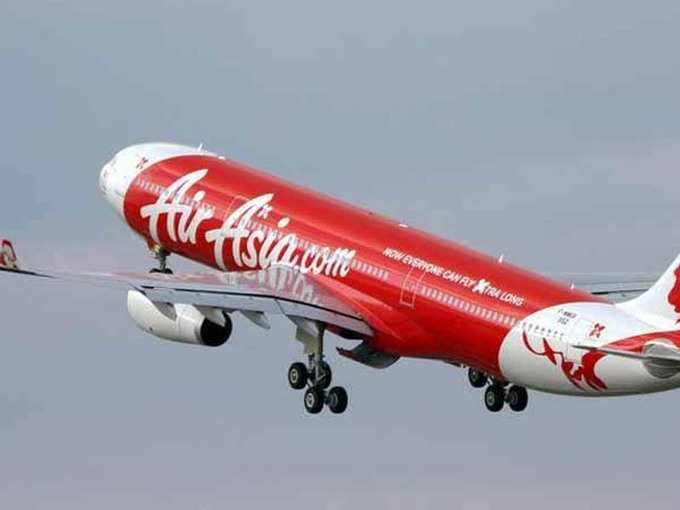 BANGALORE: A year after aviation entrepreneur G R Gopinath sold his baby — India's first low-cost airline
BANGALORE: A year after aviation entrepreneur G R Gopinath sold his baby — India's first low-cost airline Unfortunately, Gopinath was much ahead of his time, said 33-year-old Mittu Chandilya, CEO of
A mint fresh Airbus 320 aircraft, registered as VT-A TF, took off to Goa at 3.10pm with 186 passengers including 10 children, three infants, five first time flyers and CEO Chandilya. Around 40% of the passengers paid Rs 990 for a one-way ticket, 10% paid Rs 5 as base fare (approximately Rs 500 all inclusive), and the rest of them didn't pay more than Rs 1,900.
Besides the ticket fare, all passengers paid for their check-in luggage, which costs approximately Rs 199 per suitcase up to 15kg. The airline is in discussions with the Directorate General of Civil Aviation (DGCA) on whether or not passengers should pay for their check-in luggage. While the DGCA has raised objections to the charge, AirAsia India believes that 'unbundling of fares' leads to more transparent airfares.
"Somebody should be able to get up one weekend and say look I got nothing to do, so let me get on a flight and go somewhere and explore a destination which is new. Cost should be almost something that people don't spend time thinking about," said Chandilya, echoing what Gopinath had said years earlier. But he was quick to point out that AirAsia India is not an Air Deccan.
India's newest domestic low-cost airline has started operations on the non-trunkBangal ore-Goa route, and at a time when the tourist season of Goa is at its lowest. The airline's second flight connecting Chennai-Bangalore next week is also on a non-trunk route, given the fact that the two southern metros are exhaustively connected by bus and rail services.
"Both Bangalore and Goa have some sort of synergies with us in terms of our brand, marketing, and as destinations we believe that we can build up," said Chandilya, adding that AirAsia India's average fares would be comparable to rail tickets. "Railways first class and AC class is my target," he said.
Interestingly, all of AirAsia India's upcoming destinations — nine by the end of this year — will connect to Bangalore. A clear indication that the country's IT capital could well be the airline's operational hub. The erstwhile Kingfisher Airlines had planned to make Bangalore its hub, but that idea died with the airline going bust a couple of years ago.
Originally Chennai was chosen to be AirAsia India's hub, but there is some rethink happening on that strategy. "If you have a sudden emergency, which airport has the capability to get you up and running fast? We felt it was Bangalore. And that's the difference between private and government run airports," he said.